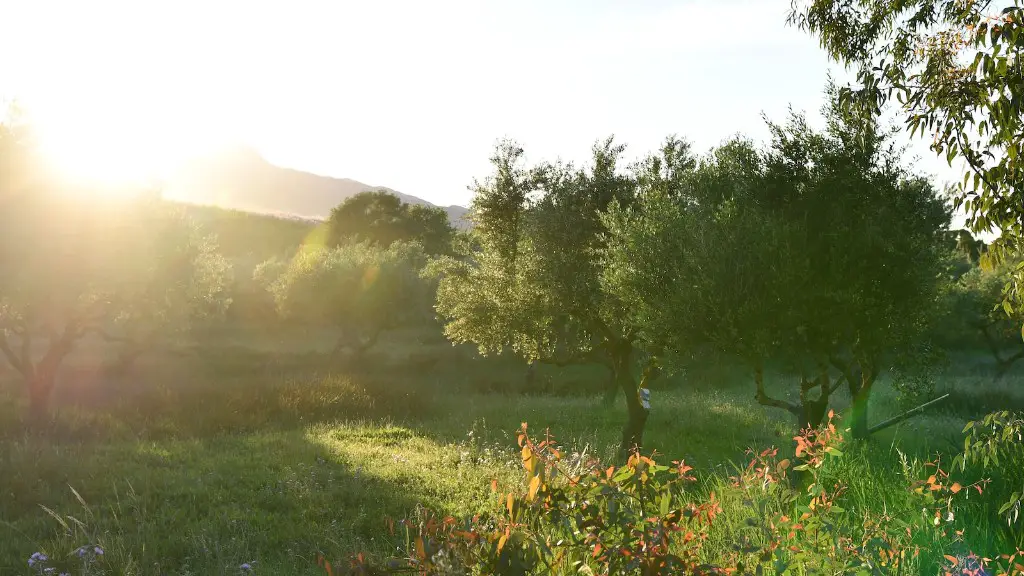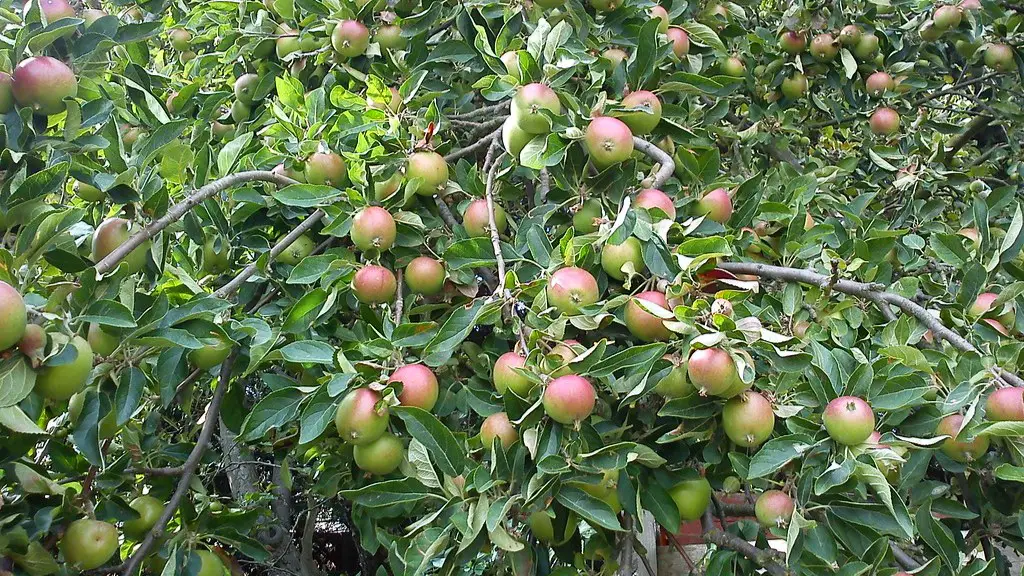Avocado is one of the most beloved fruits around the world, found always on the list of every dietitian, nutritionist and even in your favorite salad.Its cultivation is not an easy task and many have tried to grow avocado trees and failed due to a lack of knowledge.
The main reason why an avocado tree will not bear fruit is the lack of pollination.This usually happens in isolated trees, which are not close to one another.So, for successful pollination, you need to have more than one tree for cross-pollination.In some cases, it is possible for an isolated tree to bear fruit if there is enough insect activity.
Avocado trees are also sensitive to low temperatures.In areas where temperatures are too low to sustain the growth of the avocado tree, fruit production is most likely impossible.
In some areas, avocado trees may not bear fruit due to the soil lacking in essential nutrients or minerals.In this case, the tree may be well cared for, but may still not bear any fruit due to the soil conditions.
Avocado trees may also be affected by what is known as blossom end rot. This is cause by a lack of calcium in the soil and can prevent the avocado tree from producing any fruit.
For avocado trees to bear fruit, they need plenty of sunlight in addition to regular fertilizer.Without adequate sunlight and fertilizer, the tree will not produce fruit.
Finally, it may be the case that the avocado tree is not mature enough.Avocado trees start to bear fruit in their third or fourth year.So, if your tree is younger than that, it might not bear fruit yet.
Fertilization
Young avocado trees need to be fertilized and they normally require a special fertilizer containing nitrogen. At the same time, you want to make sure that the soil contains plentiful amounts of calcium and iron which will help the tree to produce a good quality crop. Fertilizer should be applied in the spring and summer months, up to once every two weeks at most.
It is important to keep an eye on the amount and type of fertilizer you are using, since too much or the wrong type can burn the roots of the tree and hurt the chances of the tree bearing fruit. At the same time, if you do not fertilize the tree enough, the roots may not be able to absorb the necessary nutrients and again, the tree will not bear any fruit.
Learning about avocado trees and understanding what kind of fertilizer is beneficial for them will ensure a successful and fruitful harvest. If you are purchasing commercial fertilizer, make sure to read the instructions before using it and to check the fertilizer product’s pH balance.
It is also important to get to know your soil. By understanding the soil composition you can determine the type of fertilizer that will be most suitable for the tree to produce quality fruit.
Pest Control
Due to the delicious nature of avocados, many insects and diseases are attracted to the tree and can start destroying the tree’s leaves, flowers, and fruits. To ensure healthy growth and guarantee the potential for fruit production, it is important to protect avocado trees from pest and diseases.
Adopting eco-friendly techniques like releasing beneficial bugs that prey on pests or organic sprays can help to control the population of pests.It is also important to regularly monitor the tree and check for any signs of disease or pests. If any pests and diseases are detected, they need to be treated immediately to give the tree the best chance of producing fruit.
The key to successful pest and disease control is prevention.Regular pruning, mulching, and irrigating can avoid disease-prone situations.
In addition, it is also important to watch out for extreme weather conditions, like heavy rains, that set the stage for pests and diseases.
The best way to deal with any pest or disease problems is to contact a specialist in the field for expert advice.
Management Practices
Keeping a close watch on your avocado tree is essential for effective management in order to help it bear fruit. Firstly, it is important to create an irrigation schedule for the tree if it is not getting natural rainfall. Appropriate watering is essential for fruit production, as it helps to maintain a healthy soil environment and encourages the tree to produce more fruit.
Pruning is another important essential for good management. Pruning helps to make sure the tree does not bear more fruit than it can support, as it will promote healthier and larger fruit. It also helps to remove dead or diseased branches that could put a strain on the avocado tree.
When pruning, it is important to avoid pruning outside of the flowering or fruiting season. Pruning at the wrong time of year can hurt the tree’s potential for bearing fruit.
In addition, when the fruits start to form, it is important to treat them gently and maintain the tree properly to ensure that the fruit grows properly and ripens at the right time.
Finally, spotting any issues as they arise and taking immediate action is vital. By doing this, you can catch problems as they come up, rather than letting them spiral out of control.
Harvesting
When selecting the right time to harvest your fruit, it is important to keep an eye on the color change. Avocado fruit ripen from the outside in so when you see any green on the fruit, hold off on harvesting. Once the avocado has become a uniform dark color, it’s time to pick!
In addition, when harvesting keep in mind that the fruit should be plucked from the tree gently and carefully in order to avoid any damage.
And finally, during the harvest, make sure to periodically check for any damage done by insects or pests, as well as any fungal or bacterial issues.
Storage and Preservation
Once the avocado have been picked, it is important to store the fruit appropriately, such as in cool, dry place away from any strong smells, heat and direct sunlight.
As a rule, since the avocado will most likely not be eaten immediately, it is best to store the fruit in the refrigerator and avoid placing them in the freezer. Fridge temperatures should not be below 41 degrees Fahrenheit or 5 degrees Celsius, as this can be too cold and may damage the fruit.
When storing avocados, they should be kept in the main vegetable compartment of the refrigerator where the temperature should be optimal. This will keep the fruit fresh for a longer period of time.
If the avocado is partially ripe, then the way to store it will depend on the level of ripeness. If it is slightly green it can be placed with other bananas or pears as the slight ethylene emitted from these can help the avocados to ripen further.
If the avocado is already very ripe, then it can be stored in a plastic bag with a few drops of lemon or lime juice in order to slow down the ripening process so that it can be enjoyed at a later date. If the avocado is too ripe, then it can be put in the freezer and will keep for up to three months.



